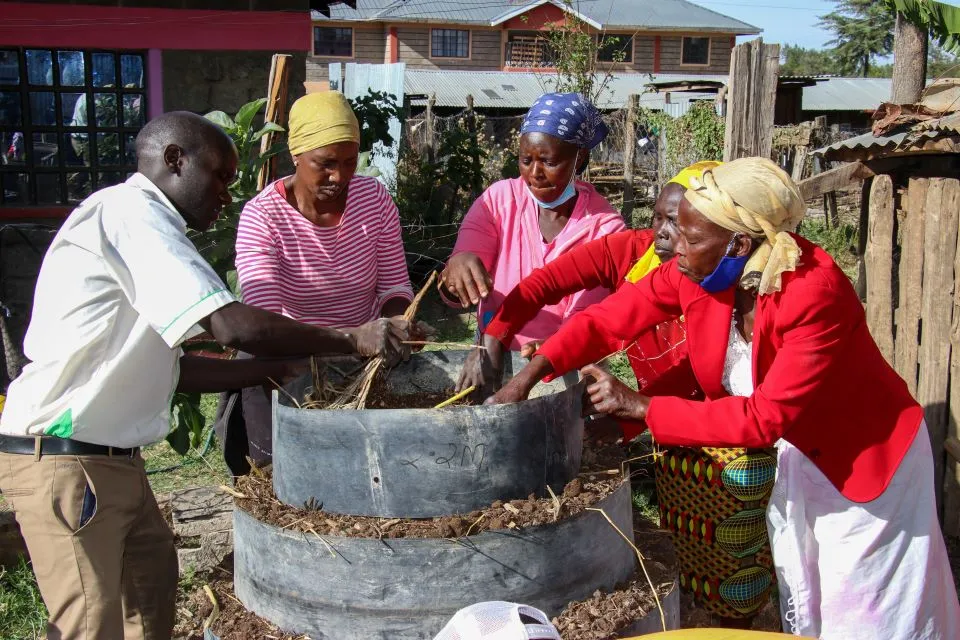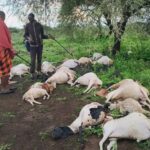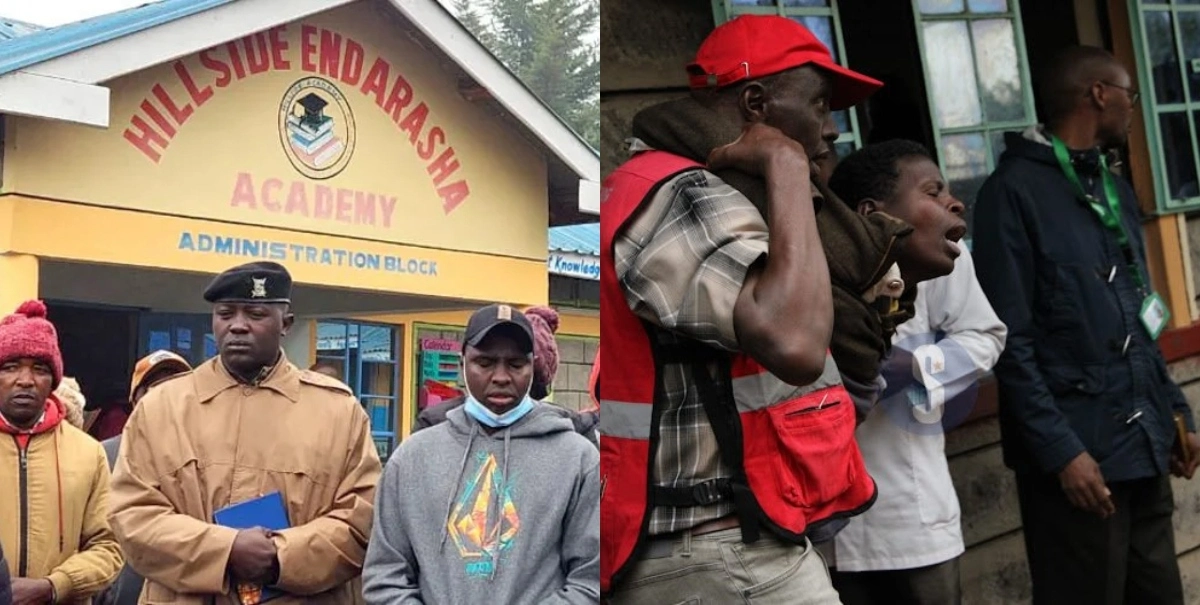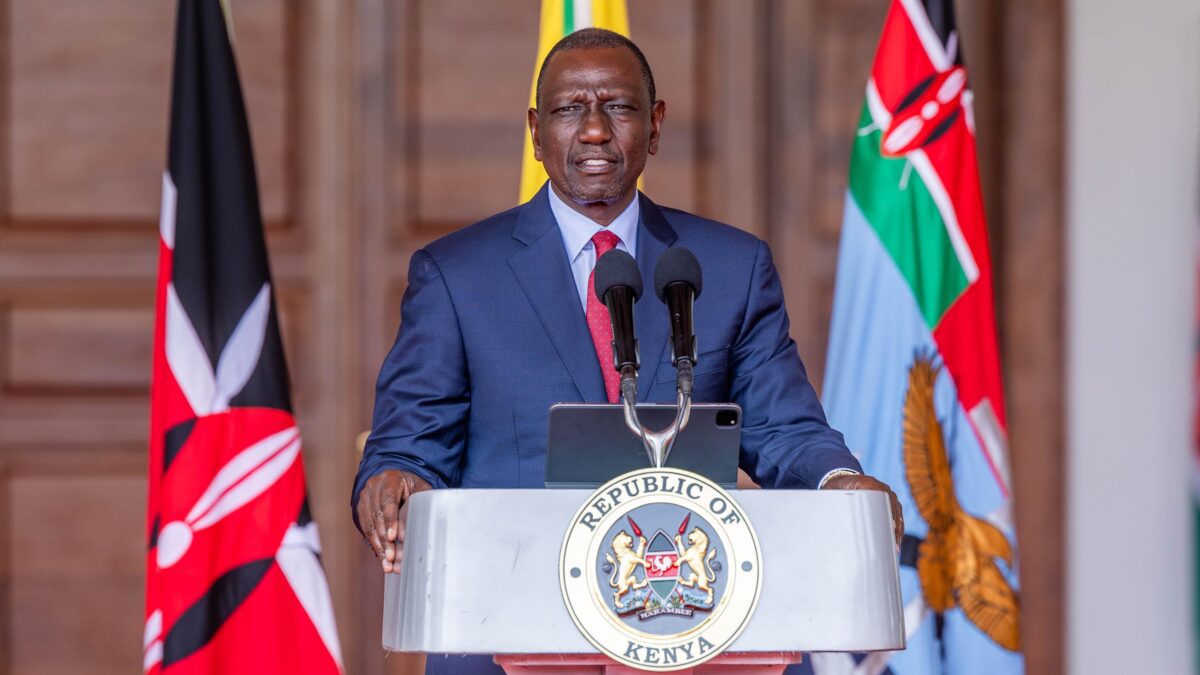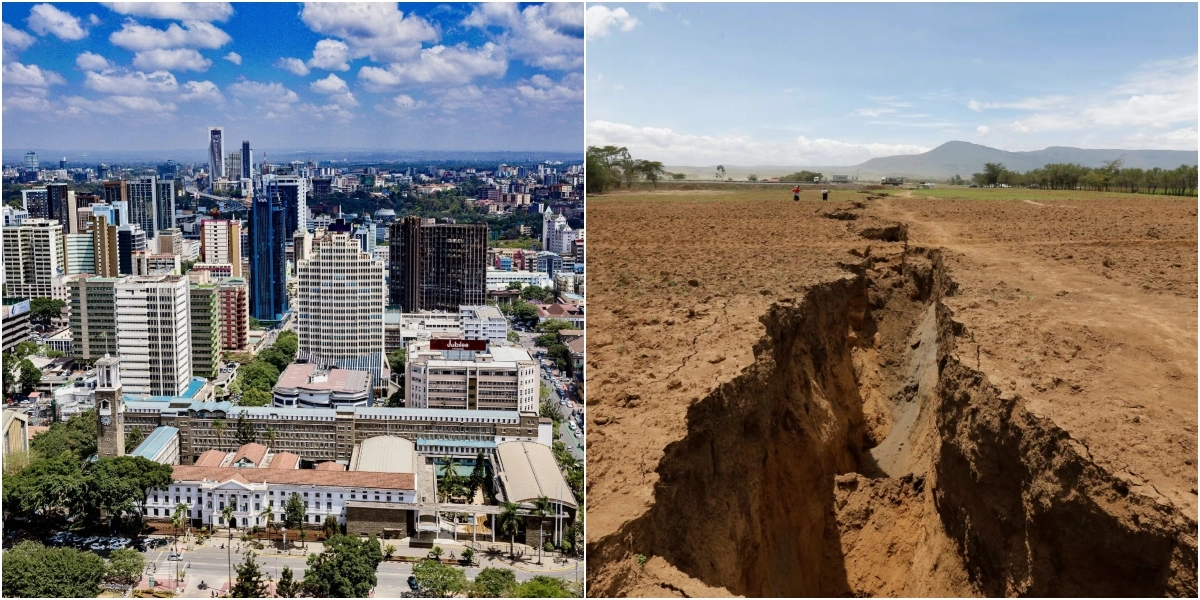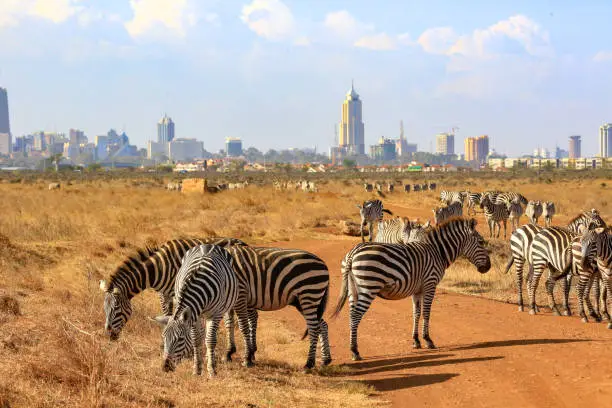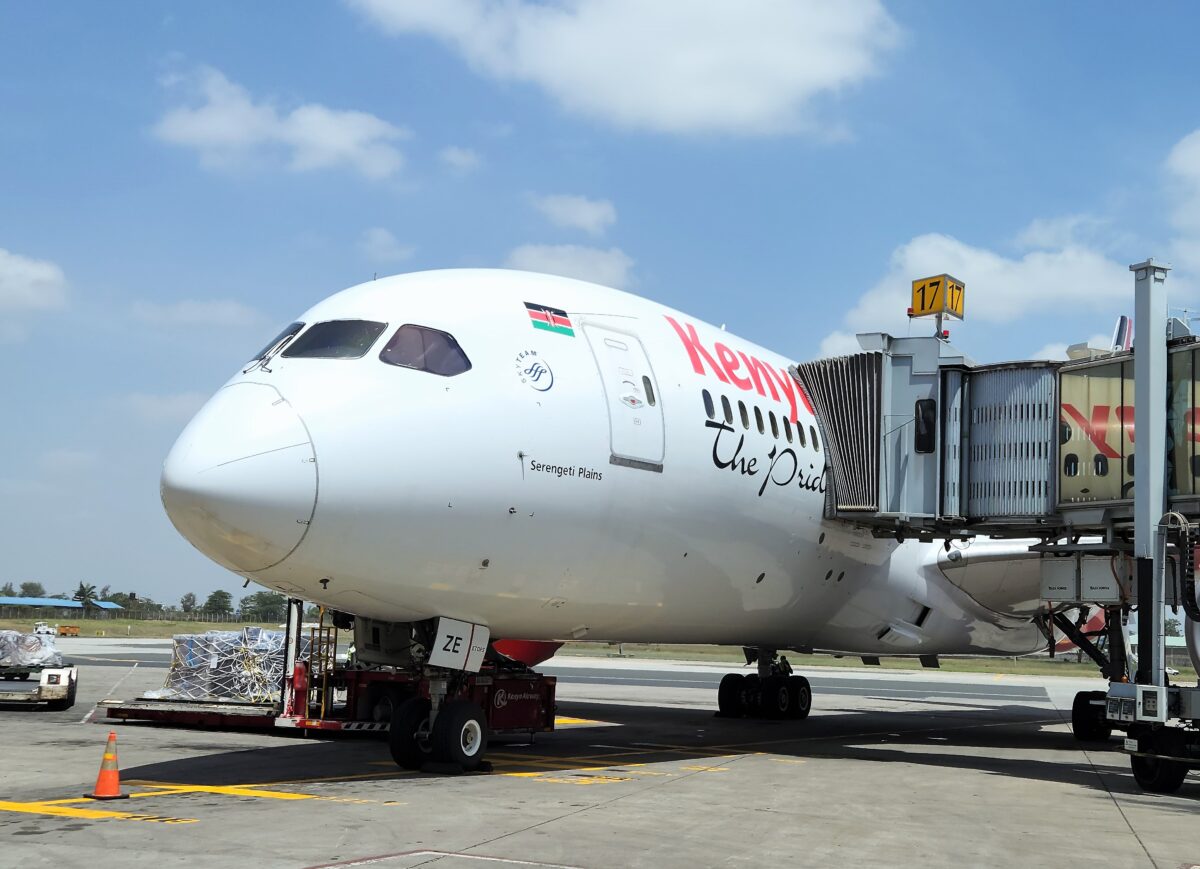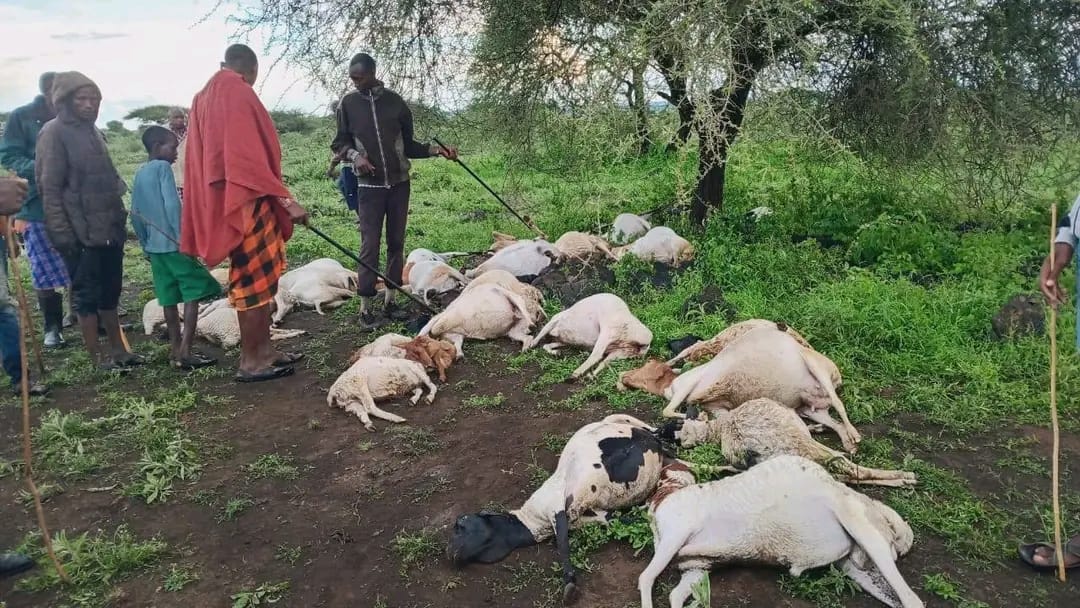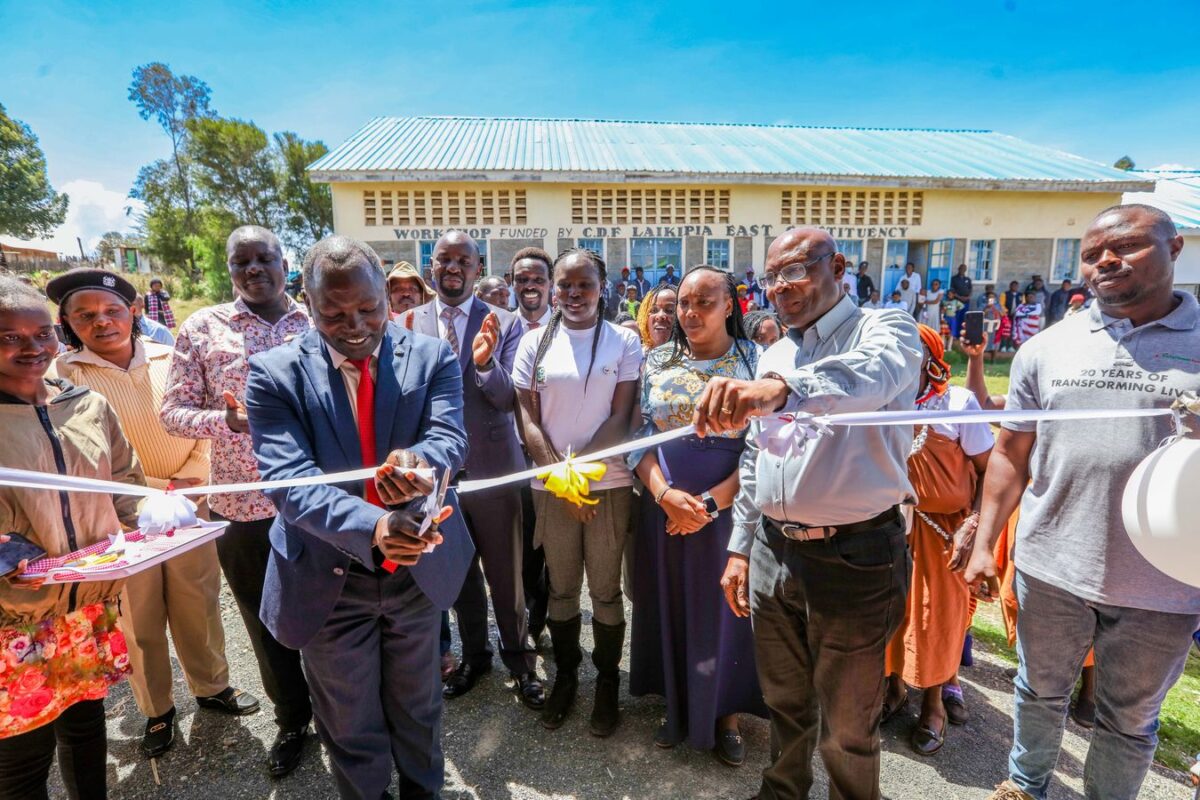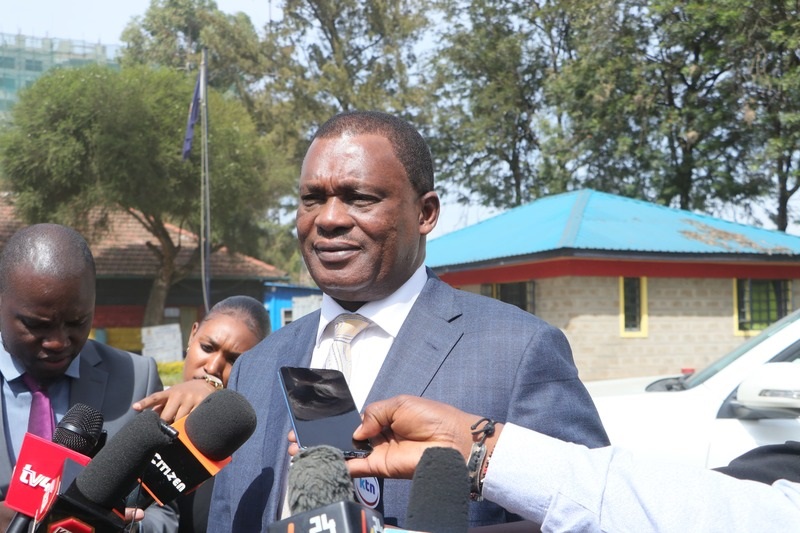Climate change is a deadly phenomenon facing humanity at this particular time in history, natural catastrophes such as Famine and Drought have led to reduced food production for both crops and livestock, as they are all dependent on water.
Drought occurs as a result of Inadequate rainfall, Deforestation, Global warming, land Encroachment, and overpopulation, among other factors.
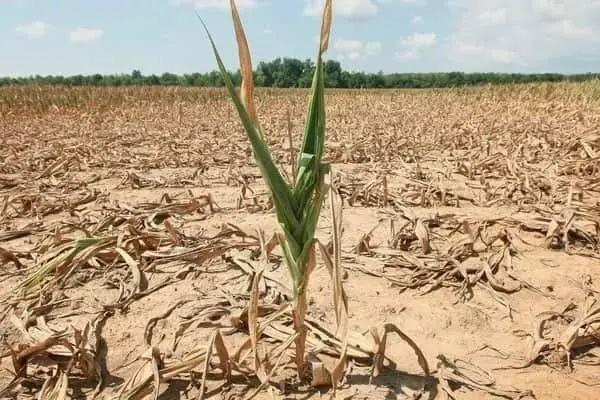
As drought consequences are severe and lead to a reduction of crop production, loss of livestock, collapse in the economy, and high cost of hydro energy.
As the national government works on finding solutions to the ongoing food crisis in drought-devastated regions, the community should be the predecessor of curbing this calamity, to ensure a sufficient supply of food and water to every household.
Adopting Climate Smart farming, building a defense camp against famine, and involving the community at large in participating to protect livelihoods by enabling food and water presence.
Society at large should embark on Tree planting, making pastoralism a sustainable economic activity, practicing irrigation among farmers, forming a hunger safety net program, as well as providing safe drinking water in areas with scarcity.
Among the 47 counties in Kenya, 23 are notorious drought-fond regions, putting millions of Kenyans at the risk, according to Kenya’s National Drought Management Authority (NDMA), the Arid and Semi-Arid Lands make up over 80 percent of the country’s land mass, equivalent to over 2 million severely food-insecure people as of 2021.
“From 1983, when I started this work, the seasons were quite stable, now they are not. The rains have reduced or come at different times. It comes within a short time, leading to a prolonged dry spell.
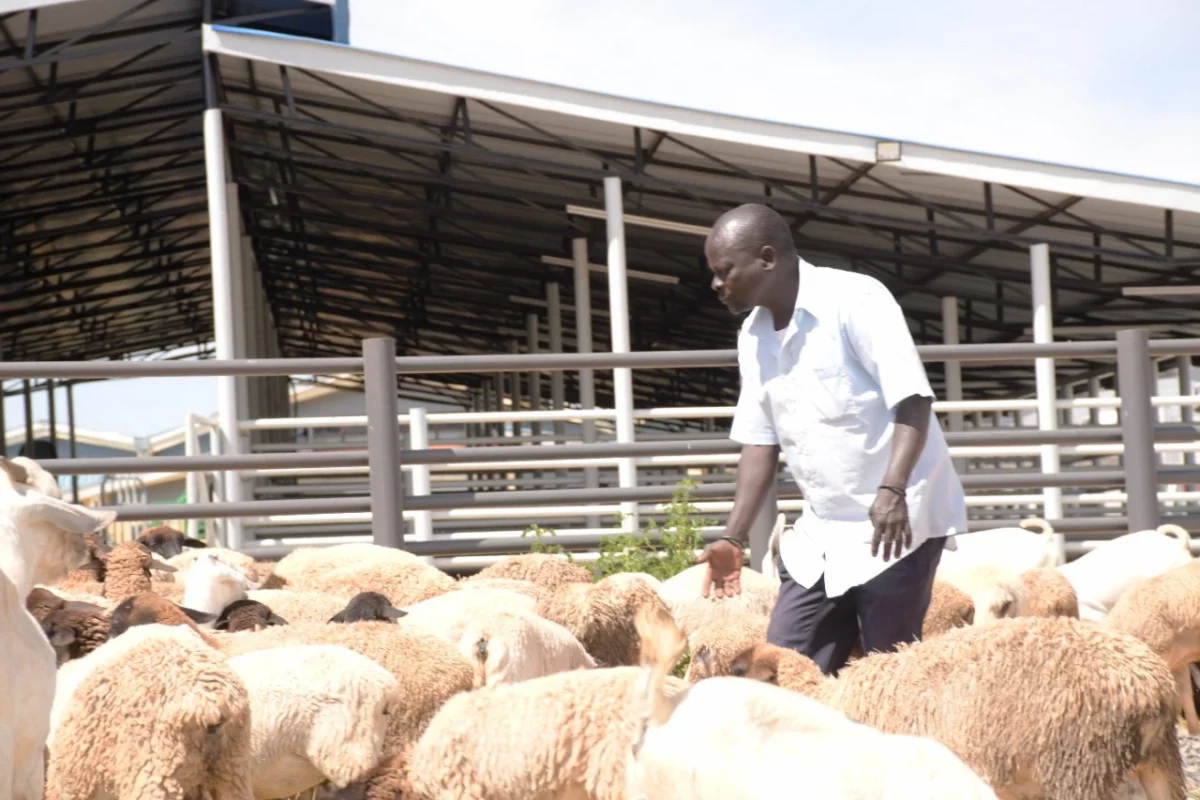
“When you look at communities in ASALs, they are limited with resources and there is less funding. When we look at funds for water harvest and distribution, they are quite expensive.
Subscribe to our You tube channel at Switch Tv.
“Literacy levels and knowledge of these techniques are also quite low. Capacity building should be given a high priority.” Moses Njagi, Ministry of Agriculture.
Climate change has affected the rain patterns causing drought, as most farmers depend on water to grow crops, and it’s time for Kenyans adopt new methods of farming.
Also Read: Chinese Scientists Identify Genetic Mechanism in Maize

